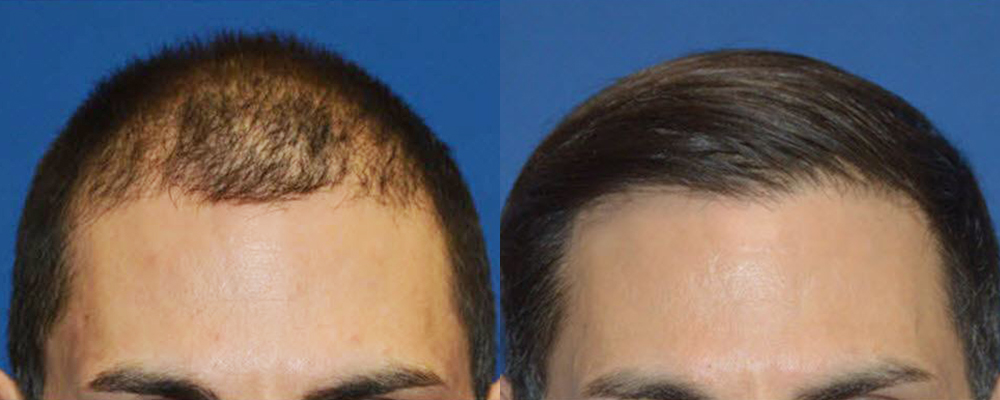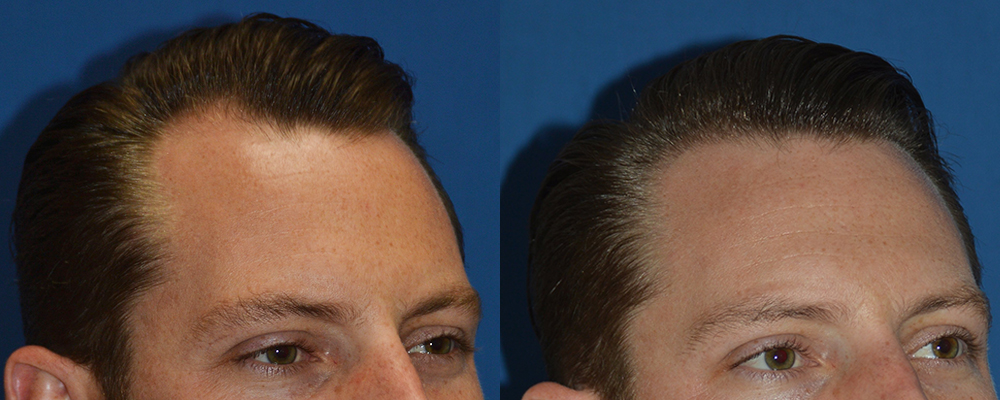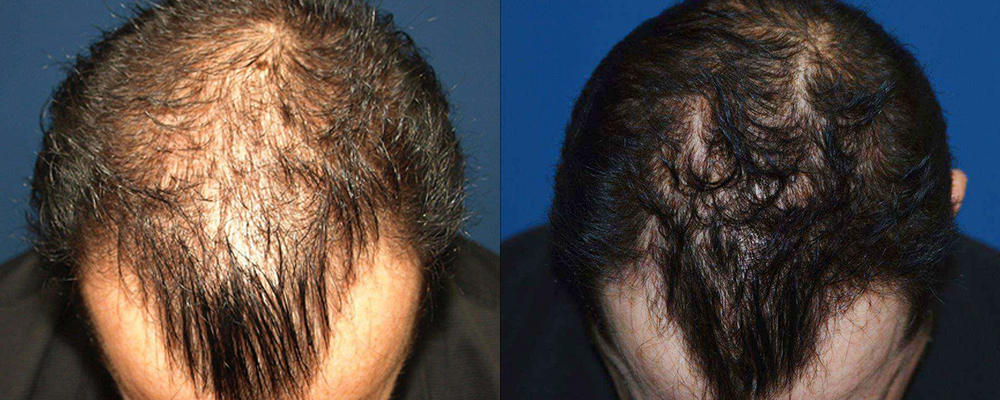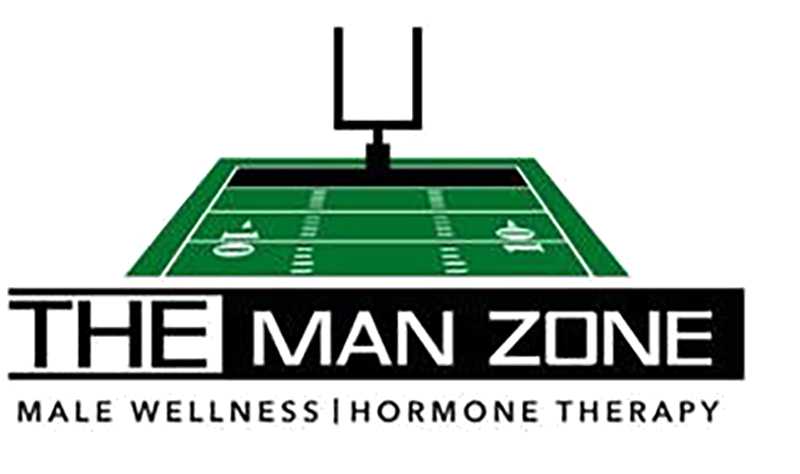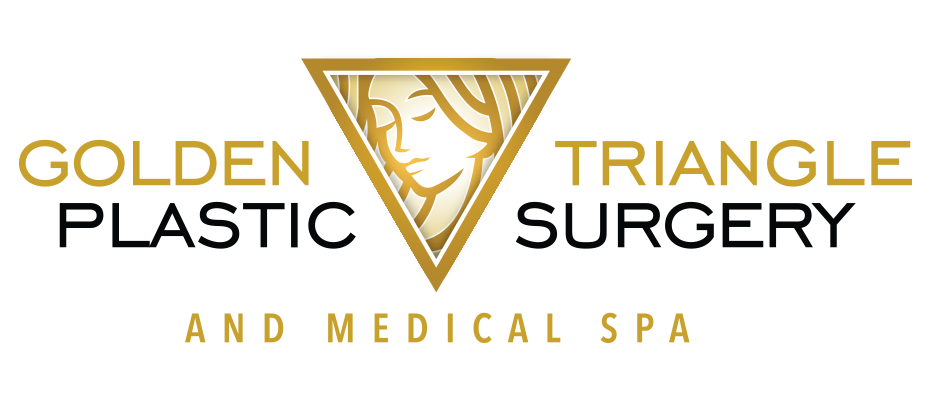Golden Triangle Plastic Surgery
Golden Triangle Plastic Surgery Medspa
Hair Restoration in San Diego
For many people, hair loss is a significant issue as they age. While more common among men than women, hair thinning and baldness can occur in both men and women. Hair loss affects 50 percent of men and up to 30 to 40 percent of women.
The specific cause of male-pattern hair loss is unknown but appears to result from multiple genetic factors. We know that the tendency for hair loss may be inherited from either parent and can affect both men and women.
Occasionally, hair loss may be the result of trauma, infection, medication, or autoimmune dysfunction. In those situations, the loss may be in an unusual pattern, may occur quickly over a short time, or may involve scarring in the bald scalp. These cases are generally referred for a dermatological evaluation before considering hair restoration.
For patients who want to avoid hair loss or reverse hair loss that has already occurred, Dr. David offers ARTAS Robotic Follicular Unit Hair Transplant. ARTAS Robotic Follicular Unit Hair Transplant is a semi-autonomous procedure that extracts healthy hair follicles and grafts them into areas where hair thinning or loss is a concern.
View Photo GalleryWhat Are the Benefits of the ARTAS Robotic Follicular Unit Hair Transplant System?
- • Most advanced hair restoration system in the world
- • Greatly reduces technician error and reduces graft transection and damage
- • Speedier procedure times
- • Precision Site creation
- • Amazing Results
How Is Hair Restoration Performed?
How Should I Prepare for Treatment?
In preparation for a hair restoration treatment, patients should stop using most topical hair treatments for at least two weeks before the operation. Patients should also avoid blood-thinning medication, alcohol, and smoking for up to two weeks.
Why Does Hair Restoration Work?
Both male and female-pattern hair loss tend to spare hair in the posterior scalp and lateral (sides) scalp. This hair is not “programmed to die,” which is the basis behind most hair transplant procedures.
A tremendous number of hair follicles can often be moved from the posterior scalp to the crown, mid-scalp, or anterior hairline, without any noticeable decrease in density at the donor site. These transplanted hairs retain their “programmed survival” and will not be lost in the future.
How Does Follicle Extraction Work?
During the treatment, your hair will be cut short to give the doctor access to your scalp if necessary. The hair transplant procedure is performed under local anesthesia to numb the donor area. Oral sedation or an intramuscular shot of anesthetic is offered for patient comfort. General anesthesia is not required.
Patients should expect to spend most of the day in the clinic and should have a light breakfast. Lunch will be served, and you may feel free to bring your own music.
The ARTAS Robotic Follicular Unit Hair Transplant device will be used to extract hair follicles from a healthy area of the scalp. For men, this is usually the back of the neck. For women, the donor sites can vary.
The extracted follicles are separated and prepared for implantation.
How Does Follicle Implantation Work?
During the implantation process, your doctor will arrange the new follicles to match your existing hair’s angle and direction. This provides a more natural appearance for new hair growth. The ARTAS Robotic Follicular Unit Hair Transplant device is used to implant each graft individually to ensure they are placed properly and grow well.
What Hair Restoration Concerns Do You Have?
How Much Does Hair Restoration Cost?
Hair restoration costs can vary significantly. ARTAS Robotic Follicular Unit Hair Transplant does make the procedure far faster and less expensive, but the treatment is still highly variable. The cost of your hair restoration will depend on the volume of hair extracted and the size of the treatment area.
What Is Recovery From Hair Restoration Like?
ARTAS Robotic Follicular Unit Hair Transplant is a minimally invasive hair transplant procedure, making your recovery far easier than traditional hair transplant options. You should avoid touching your hair with your hands or tools such as combs or brushes immediately after treatment.
A protective head wrap is provided for one night following treatment. Patients may resume normal hair care after 10 to 14 days.
Depending on the patient’s goals and available hair density for grafting, an additional transplantation session may be planned after 12 months.
Will I Have Pain or Other Side Effects After Hair Restoration?
Hair transplantation risks are relatively minor and include bleeding, infection, and scarring. With ARTAS Robotic Follicular Unit Hair Transplant, these risks are very minimal.
Minor pain and swelling may occur, but most patients can return to work within one to five days and resume all normal activities within two weeks.
Will I Have Scars After Hair Restoration?
One of the greatest advantages of the ARTAS Robotic Follicular Unit Hair Transplant system is that it does not leave scars. In fact, it is so precise that it can be used to eliminate scarring from previous hair replacement surgeries.
Hair Restoration FAQs
Good candidates for surgical hair restoration or hair transplant include:
- Patients with relatively stable hair loss
- People with good donor sites (generally in the back of the head)
- People with realistic expectations of their results
There is no age limitation for hair transplants. However, men over age 30 often tend to have a better idea of where their hair loss is heading.
While some ARTAS Robotic Follicular Unit Hair Transplant results will be visible shortly after surgery, most of the implanted hair will fall out over the first two to four months and then regrow. This is an expected event, so do not be surprised when it occurs. Final results may take 12 to 18 months to fully develop.
The results of ARTAS Robotic Follicular Unit Hair Transplant are effectively permanent. The implanted follicles will grow hair naturally for the rest of your life. Unfortunately, this procedure does not inhibit aging, so there is a possibility that your hair may continue to thin over time due to age.
It is usually difficult to spot the difference between natural hair and ARTAS Robotic Follicular Unit Hair Transplant restored hair. During the first few weeks, it may be possible to see a difference if someone looks closely. After about a month, the difference will be so slight that it is effectively invisible.
If you have only had a local anesthetic used during your procedure, you may drive yourself home following your procedure. Some patients are nervous about the treatment and request stronger medications to avoid anxiety during their treatment. If this is the case, you will need someone to drive you home.
Yes. After your ARTAS Robotic Follicular Unit Hair Transplant procedure, you may grow your hair as long as you would like. However, you should expect some amount of hair loss followed by new hair growth two to four months after the operation. For this reason, we suggest not getting too attached to your hairstyle until this point has passed.
Yes. A hair restoration treatment can be combined with other surgical procedures. These may include:
